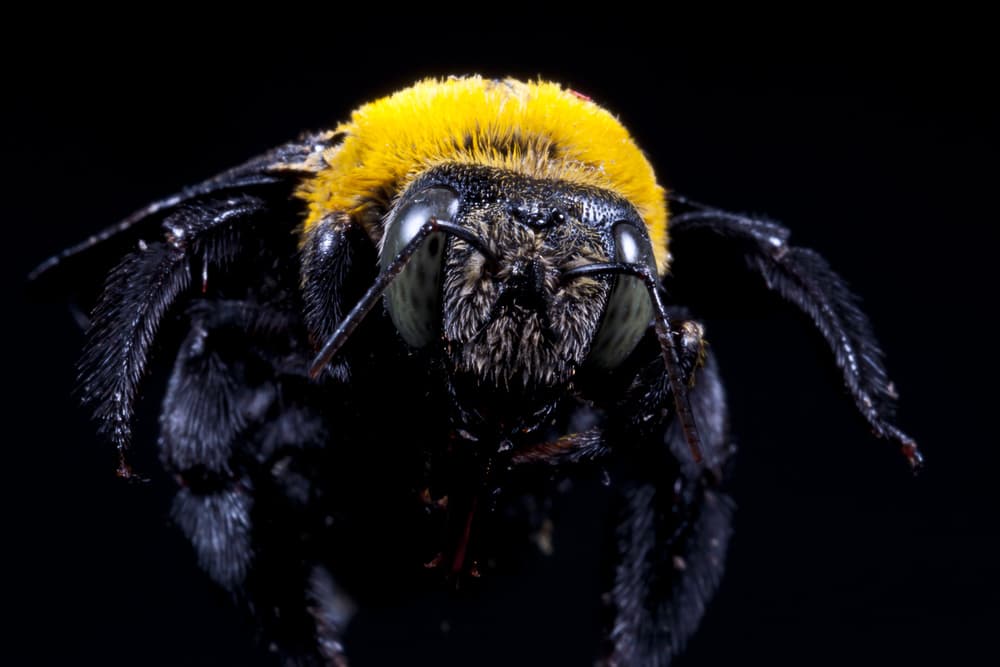You’re in your backyard having a warm summer day when all of a sudden you see a wasp nest. Fear sets in. What must you do? Which way is safest to take it off? Finding and taking care of wasp nests is important for a safe and peaceful time outside. Read this to learn more.
How to Find Wasp Nests:
You have to find a wasp nest before you can take care of it. There are a lot of different kinds of wasps, and their homes can look very different. Here are some important tips for identifying:
- Paper Wasps: These wasps build open nests that look like umbrellas and hang them from roofs, trees, or buildings. Their nests are made of chewed wood fibres that are rolled up into logs. Paper wasps aren’t usually very mean unless they are pushed.
- Yellowjackets: These wasps make their nests underground or in small places like cracks in walls or tree hollows. Their nests are made of paper and look a lot like paper wasp nests, though they aren’t always as open. People know that yellow jackets can be very mean, especially when their nests are in danger.
- Bald-faced Hornets: These wasps hang their football-shaped nests from shrubs, tree branches, or roofs. The nests are grey and made of something that feels like paper. Bald-faced hornets are very protective of their nests and can become violent if they are disturbed.
- Mud daubers make small, tube-shaped nests out of mud in protected places, like the corners of buildings. People often mistake these nests for paper wasp nests, but they are usually smaller.
Taking care of wasp nests:
Once you know what kind of wasp nest it is, you can decide what to do:
- Don’t let wasp nests form in the first place. This is the best way to keep them from happening. Check your property often for early signs of nest building, and if you see any, seal off entry points and get rid of nesting materials like wood or building waste.
- Professional Pest Control: It’s best to call a professional pest control service if the nest is big, hard to get to, or belongs to a dangerous species like yellowjackets. They have the skills and safety gear to carefully take down wasp nests and control wasp populations.
- How to Remove a Small Nest Yourself: If you want to get rid of a small nest yourself, do it in the evening, when wasps are less busy.
- Wear protected Clothes: Wear protected clothes like pants, gloves, long sleeves, and a veil or head net. Make sure that no skin shows.
- Use an insecticide that is sold in stores. Most hardware shops sell wasp and hornet sprays that are sold in stores. Pay close attention to the directions and keep your distance from the nest. Spray the insecticide right into the opening of the nest.
- Before you try to get rid of the nest, make sure there is no more wasp activity. This should be done after cleaning the nest. It might take a day or two.
- Take Down the Nest: Once you’re sure the nest isn’t being used, carefully take it down and throw it away in the right way. Put it in a trash can outside and double-bag it in plastic.
Advice on safety:
- When working with wasp nests, you should never use a ladder or stand on something that isn’t stable.
- Should you try to get rid of nests without safety gear, do not do it.
- Get help from a professional if you are allergic to bee stings or don’t know how to handle wasps.
- Pets and kids should stay inside while the nest is being taken down.
- Remember that wasps can get very mean if they feel attacked, so be careful at all times. If you’re not sure how to safely and effectively get rid of wasp nests, talk to a professional pest control service.
Wasp Control Newmarket, We understand that wasps serve a vital role in our ecosystem as beneficial and visually striking insects. They contribute to pollination, control pests, and typically carry out their tasks without causing disruptions to humans.
